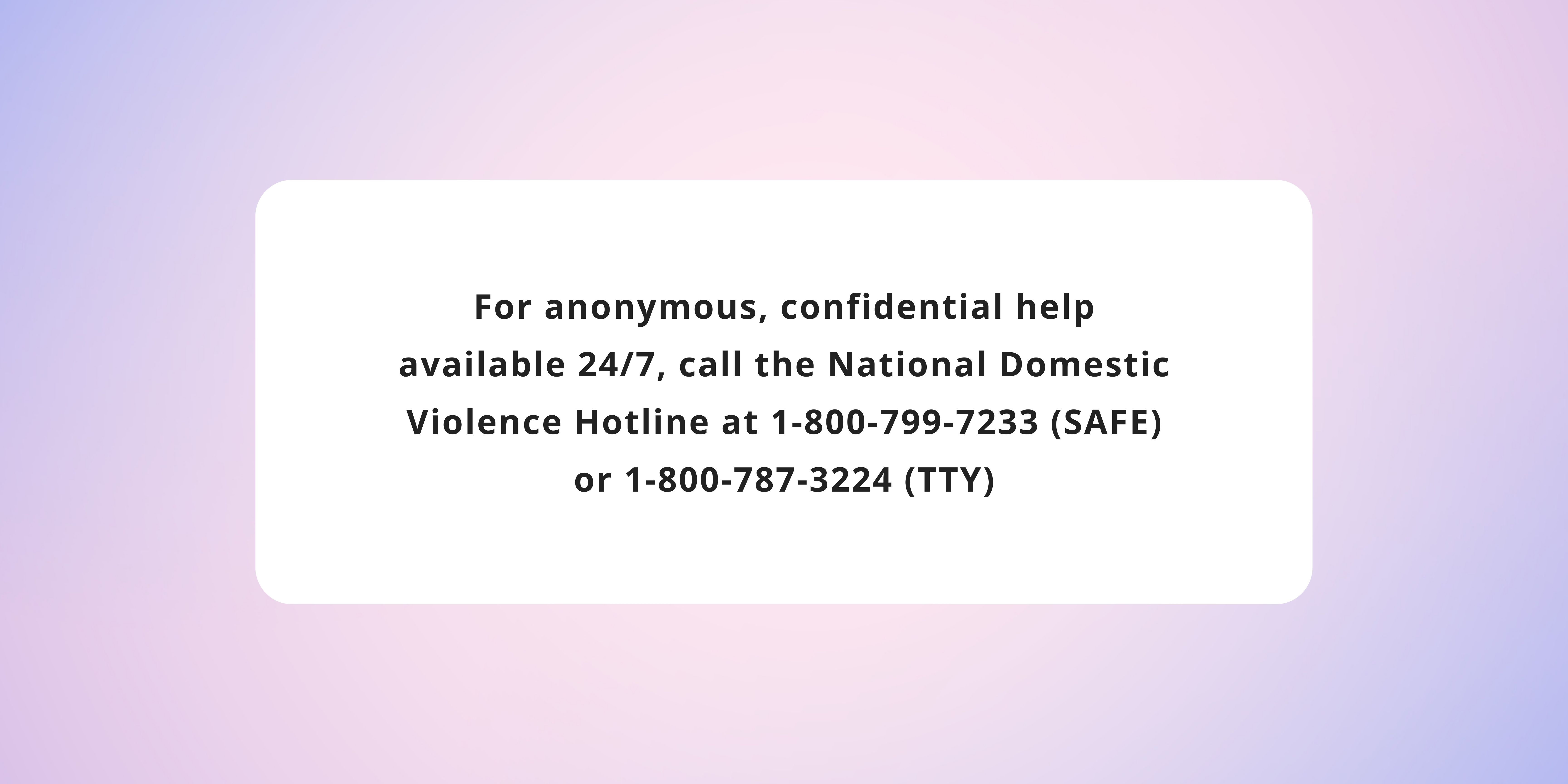This is a war on us all
February 18, 2025
Domestic Violence Awareness Month (DVAM) was launched nationwide in October of 1987 as a way to connect and unite individuals & organizations working in regards to domestic violence issues while raising awareness for those complexities. Over the past 30+ years, a lot of progress has been made to support domestic violence victims and survivors, to hold abusers accountable, and to create and update legislation to further those goals.
Domestic violence is the willful intimidation, physical assault, battery, sexual assault, and/or other abusive behavior as part of a systematic pattern of power and control perpetrated by one intimate partner against another. It includes physical violence, sexual violence, psychological violence, and emotional abuse. The frequency and severity of domestic violence can vary dramatically; however, the one constant component of domestic violence is one partner’s consistent efforts to maintain power and control over the other.
Domestic violence is an epidemic affecting individuals in every community regardless of age, economic status, sexual orientation, gender, race, religion, or nationality. It is often accompanied by emotionally abusive and controlling behavior that is only a fraction of a systematic pattern of dominance and control. Domestic violence can result in physical injury, psychological trauma, and in severe cases, even death. The devastating physical, emotional, and psychological consequences of domestic violence can cross generations and last a lifetime.
The National Coalition Against Domestic Violence as well as many state-based coalition chapters have toolkits designed to help you take action, receive help, or learn how to support those in your life affected. Other organizations, such as ERA Coalition partner the Coalition to Stop Violence Against Native Women (CSVANW), work at the forefront to dynamic approaches to marginalized groups disproportionately affected by domestic violence, in this case working to heal the tribal domestic and sexual violence fields in the most effective, creative, and innovative ways to best address and prevent the cycle of violence within tribal communities.
